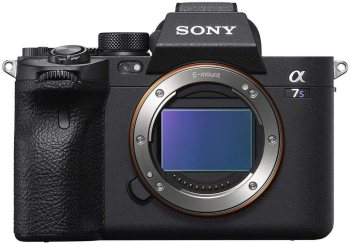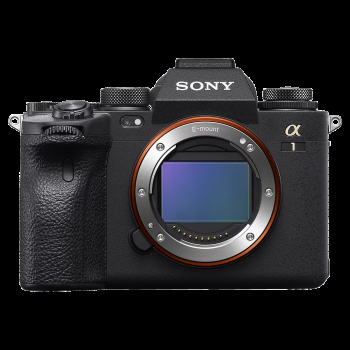- Exceptional video quality
- Outstanding low-light performance
- Robust build quality
- Exceptional image quality
- High-speed performance
- Advanced autofocus
- 8K video capabilities
- Durable build
- Expensive
- Limited still photo resolution
- Heavy body
- High price point
- Complex menu system
Sony Alpha 7S III vs Sony Alpha 1
The world of Sony digital cameras is renowned for its exceptional quality and innovative features, and two of its flagship models, the Sony Alpha 7S III and the Sony Alpha 1, are no exception. Both cameras have garnered significant attention from photography enthusiasts and professionals alike, but they cater to different needs and offer distinct advantages. In this comparison, we'll delve into the key differences between these two outstanding devices.
Sensor and Resolution
The Sony Alpha 7S III features a 12.2-megapixel full-frame Exmor R CMOS sensor, which is optimized for low-light performance and video recording. On the other hand, the Sony Alpha 1 boasts a 50.1-megapixel full-frame Exmor RS CMOS sensor, providing higher resolution and detail for still photography.
While the Alpha 7S III's lower megapixel count may seem like a disadvantage, it actually allows for larger pixels, which enhances its low-light capabilities and reduces noise. In contrast, the Alpha 1's higher resolution makes it better suited for applications where detail and sharpness are paramount, such as landscape, portrait, or commercial photography.
Autofocus and Speed
Both cameras feature Sony's advanced autofocus system, with the Alpha 7S III utilizing a 759-point phase-detection AF system and the Alpha 1 employing a 759-point phase-detection AF system with enhanced subject tracking and real-time eye AF. However, the Alpha 1 has a slight edge in terms of speed, with a faster burst mode of up to 30 frames per second (fps) compared to the Alpha 7S III's 10 fps.
Video Capabilities
The Sony Alpha 7S III is widely regarded as one of the best cameras for video recording, thanks to its ability to capture 4K footage at 120p and 10-bit 4:2:2 color. The camera also features a vari-angle touchscreen LCD, making it easier to compose shots and monitor footage.
The Sony Alpha 1, while also capable of impressive video performance, has some limitations compared to the Alpha 7 III. It can record 8K footage at 30p, but only for short durations, and its 4K capabilities are limited to 120p with a 1.1x crop factor.
Build and Ergonomics
Both cameras have a rugged, weather-sealed design, but the Sony Alpha 1 has a more substantial build, with a magnesium alloy body and improved grip ergonomics. The Alpha 7S III, while still well-built, is slightly smaller and lighter, making it easier to carry for extended periods.
Price
The Sony Alpha 7S III is generally priced lower than the Sony Alpha 1, reflecting its more specialized feature set and lower megapixel count. However, both cameras are premium products with a significant investment required, especially when considering the cost of lenses and accessories.
In conclusion, the Sony Alpha 7S III and Sony Alpha 1 are two exceptional cameras that cater to different needs within the realm of Sony digital cameras. The Alpha 7S III excels in low-light conditions and video recording, while the Alpha 1 offers higher resolution and faster autofocus for still photography applications. Ultimately, the choice between these two models will depend on your specific requirements and preferences as a photographer or videographer.































